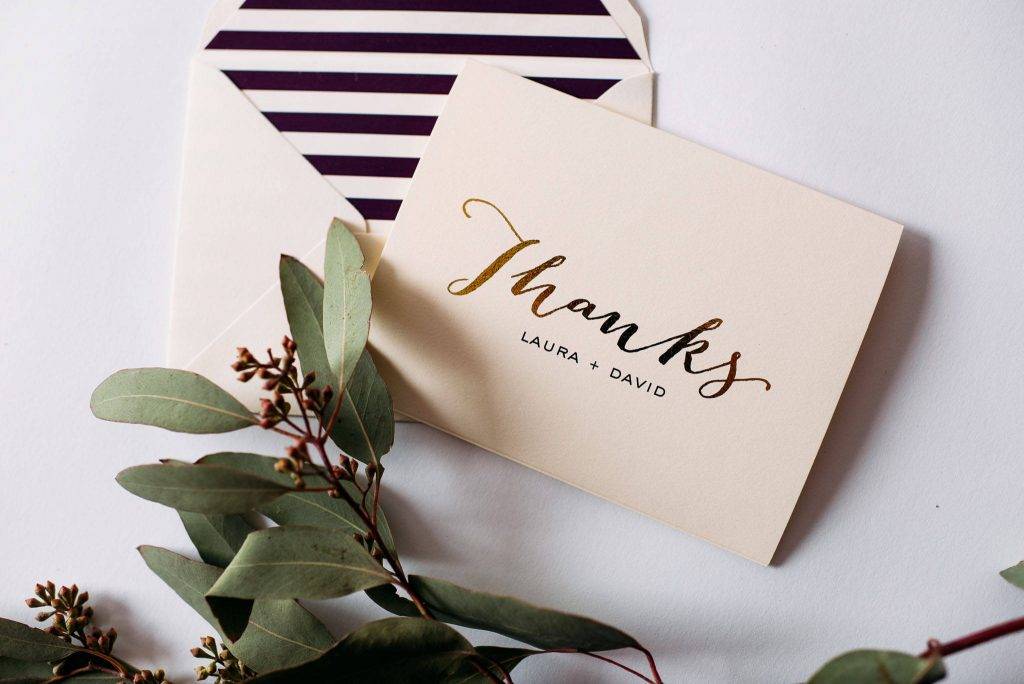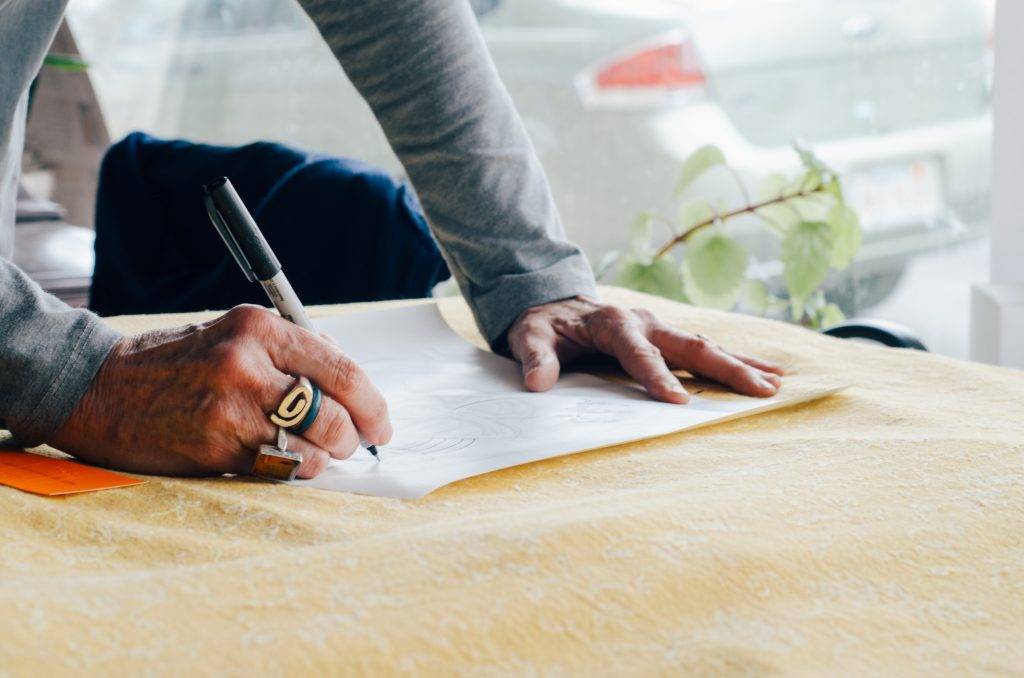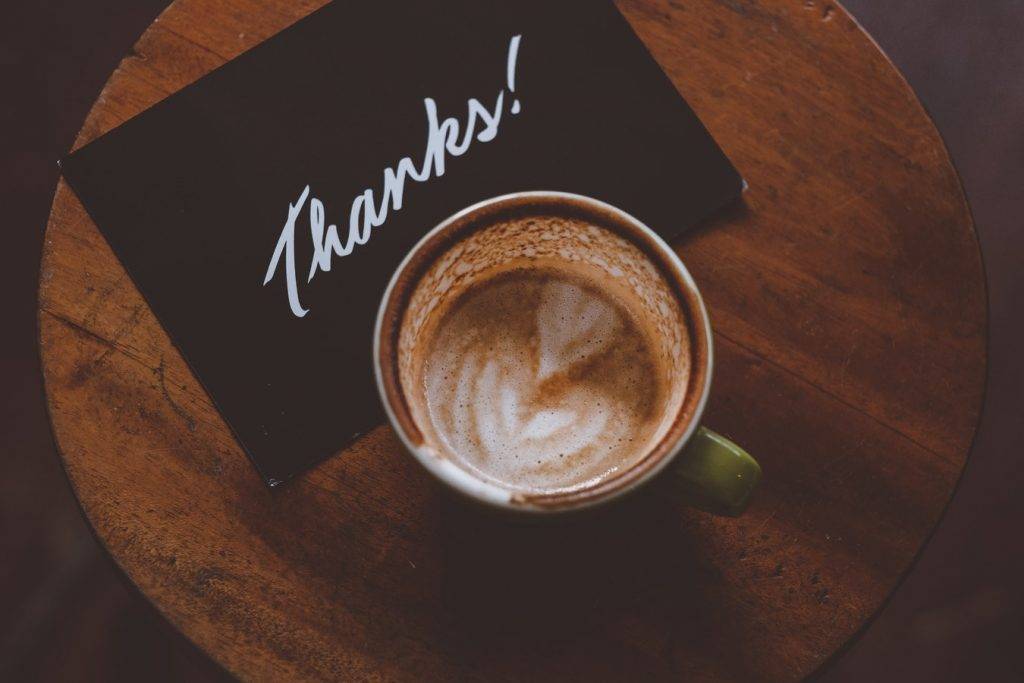What to Write in a Thank-You Card
There are different ways to express our gratitude towards a person who has played a significant part in our life. You could send gifts, return the favor, say something as simple as “thanks,” or if you’re feeling a little extra at the moment, write an old-fashioned thank-you card.
It’s only human for us to act with kindness and compassion, treating others the way we want to be treated, and doing things without expecting anything in return as well. But there’s something special about someone going out of their way to spend time with you, whether it’s an extra hand for a school project or a buddy for a trip to the grocery store. While a thank-you card might seem relatively small compared to the time and effort your recipient has dedicated for you, the whole thought behind it is still something that everyone can appreciate. After all, in this age of digital interaction, a simple greeting card can be pleasantly surprising and heart-warming to the average person.
But what exactly are you supposed to write about? Although everyone has their own reason and wording for it, there’s always the struggle of going beyond just the “Thank you” part of the card. It’s not that we’re being shy on words, but not a lot of people are too keen about expressing themselves to others, either. So to help you out, here are some points you might want to include in your thank-you card.

Simple Thanks
Since it is a thank-you card, then you have to start off by actually showing your gratitude towards a person. In fact, you can get creative by saying “thank you” in any language you desire (just make sure to do your research well before you decide on actually doing it). If you think the words sound a little too cliché for your own liking, then why not try phrases like “I am grateful for” or probably “I appreciate that” instead? You aren’t actually saying the exact words of thanks, but it still holds the same thought. It also makes things less repetitive, especially if “Thank-you note” is already written on the card itself. If you have your own way of saying thanks that your recipient will immediately understand, then go ahead and use your personal approach to do so.
Reason for Being Thankful
If you’re one who wants to express your gratitude properly or probably just one who loves lengthy messages, then the words after the “thank you” part will matter. To begin with, what are you thankful for? There could be a thousand different reasons out there but it would be best to be more specific about it. You could either be showing your gratitude for an act that was done or maybe a gift that was given. Avoid being short on words like saying “thanks for the gift”. While you are being direct about it, the generic sound of those words lack a bit of personality to it. Putting a little effort will go a long way and your recipient is sure to appreciate the extra use of words.

Closing Statement
Writing a thank-you card is a lot similar to writing a thank-you letter, where you include a particular message you want to address to your recipient. Knowing this, the closing statement of your card has to be something more personal. Maybe you want to hint that you’re willing to return the favor when the time calls for it, or maybe you want to catch up with that person over dinner. The closing statement is more of an invite that talks about how far you’re willing to go for the gift or act that you supposedly “owe.” It doesn’t always have to involve money, either. It’s a simple act of politeness that shows who you are as a person and how much you value the relationship you share with your recipient.
Signature
If we had to be honest about it, signing the card has to be the most awkward part of it all. For one thing, it emphasizes the type of relationship you have with the other person. Think about it, Respectively sounds quite serious and formal for a thank-you card but Love might seem a little straightforward as well. If you’re feeling unsure about what to use, it would be best to stick to the generic, yet appropriate, phrases found in personal letters. And since this is the last part of the card, it’s considered to be the cherry on top that makes everything right. So be sincere and make it count.
When Do I Send a Thank-You Card?
The obvious answer to this question would be when the time actually calls for it, but when can we consider it as the right time?
If anything, it has to be as soon as possible. You could start making the card once you’ve received your gift, or probably at a random time when you feel like thanking a person for the friendship you both share. Even if a week or two has passed, don’t use this as an excuse to not spare some time to write one. Writing a card won’t take up too much time of your day, anyway. Remember, it’s the thought that really counts. It’s not as if the person would even expect one in the first place, but this is also what makes the card so special.

The craft of sending thank-you cards is not as common as it used to be, but it’s still as wonderful nonetheless. Most people find it hard to put their thoughts into words, but this shouldn’t be something to stress yourself about. At the end of the day, the act of showing your gratitude through something as classical as a thank-you card will always be worth remembering. It’s not about buying the most expensive card in the store, nor is it about using fancy wording to impress one another. The main goal is to show your appreciation in a way that a person would least expect.


